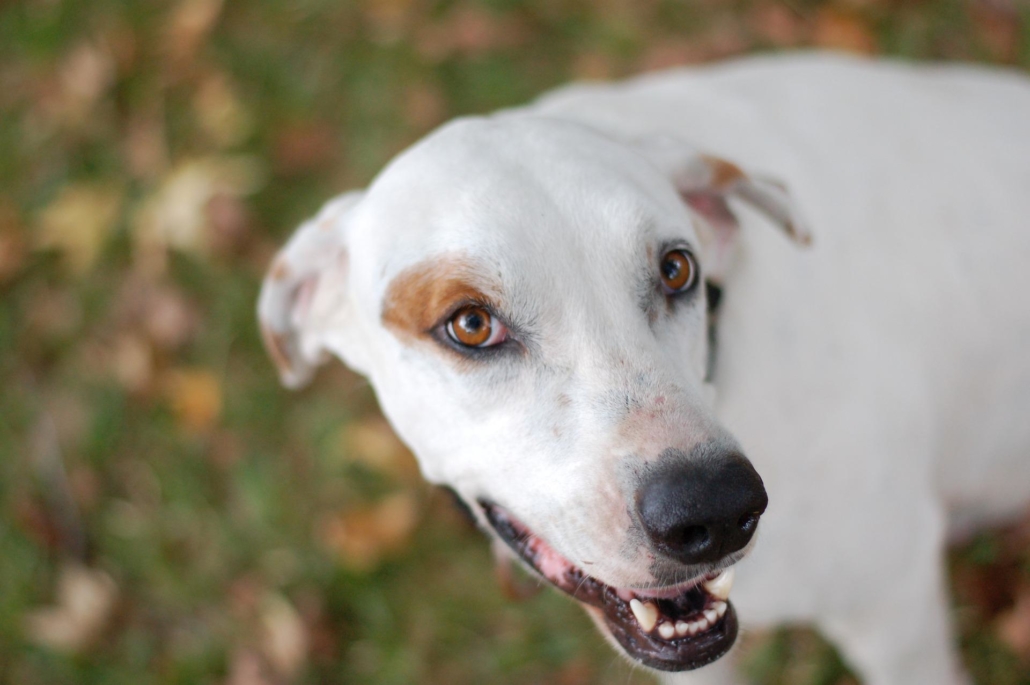Canine Dental Exams: Here’s What To Expect
Dog dental exams are nothing to sweat. They can be stressful for new owners which is why it’s best to know what you’re walking into before visiting the veterinarian. Exams include 2 main components – examinations and cleanings. It is widely recommended to begin visiting the veterinarian several times a year during puppy stages in order to acclimate your pet to the environment. It’s also recommended to bring pet toys along during visits so your dog will have positive feelings with the location and veterinarian to ensure a smooth, stress free experience in the future. Once your dog reaches adulthood, it’s okay to scale back depending upon your dog’s needs. The key to maintaining excellent dental hygiene is through preventative maintenance. Daily brushings and serving healthy dog food and snacks is the best way to maintain dental hygiene.

Oral exams can be done visually by a licensed veterinarian without the use of sedatives, except in special cases such as teeth cleanings, etc. The American Animal Hospital Association created a list of requirements for dental practices and guidelines. Procedures have been established for pre-anesthetic exams, anesthesia monitoring, dental radiographs, scaling and polishing and the use of fluoride or other sealants.
- Pre-anesthetic Exams – Whenever sedatives are used, special attention is taken to guarantee the well-being of your dog. Before any such medicines are given, your dog will be assessed to make sure that it is fit enough to undergo the procedure. This is a general safety provision – contemporary sedatives are typically safe, even for older hounds. It is wise to perform blood work on more mature dogs prior to any anesthesia.
- Anesthesia Monitoring – While under anesthesia, your pet’s heart rate, respiration and body temperature are continually checked for safety purposes.
- Dental Radiographs – Known as X-rays, dental radiographs are taken intermittently for evaluation of your dog’s oral health. These are commonly taken in puppy stages to ascertain whether adult teeth will come in correctly. X-rays will usually spot loose or infected teeth needing to be removed.
- Scaling & Polishing – Tools used by veterinarians closely resemble one’s used on humans. Plaque is removed, defects in enamel are smoothed, and teeth are cleaned and polished.
- Fluoride – It is recommended that fluoride and other anti-plaque substances are used to fortify and desensitize teeth; this will also cut down on future buildups.
Types of Procedures
Oral surgery for dogs include: jaw repair, tooth extractions and oral tumor removals. Modern laws mandate that all procedures that alter the shape, structure or position of a tooth must be done by a licensed veterinarian, vet technician, vet assistant or dental hygienist. After any surgery, proper rest is essential. A large comfortable dog bed placed in a quiet undisturbed location is necessary for a quick recovery.
Differences between a Veterinarian and a Vet Tech
Licensed vets have a wide range of duties when it comes to the health of your dog. There are a few procedures that can be handled by certified assistants or technicians. Technicians are permitted to perform many of the same tasks as fully licensed vets except in the areas of diagnosis, prognosis (the assigning of medication) and surgery.
Vet techs are permitted to assist in many procedures but not without the supervision of a licensed vet. They should have at a minimum a certification from the National Association of Veterinary Technicians of America to perform cleanings and sometimes tooth extractions.
Looking for weekly insights and tips to keep your best friend happy & healthy?
Look no further and sign up for our newsletter right away:


